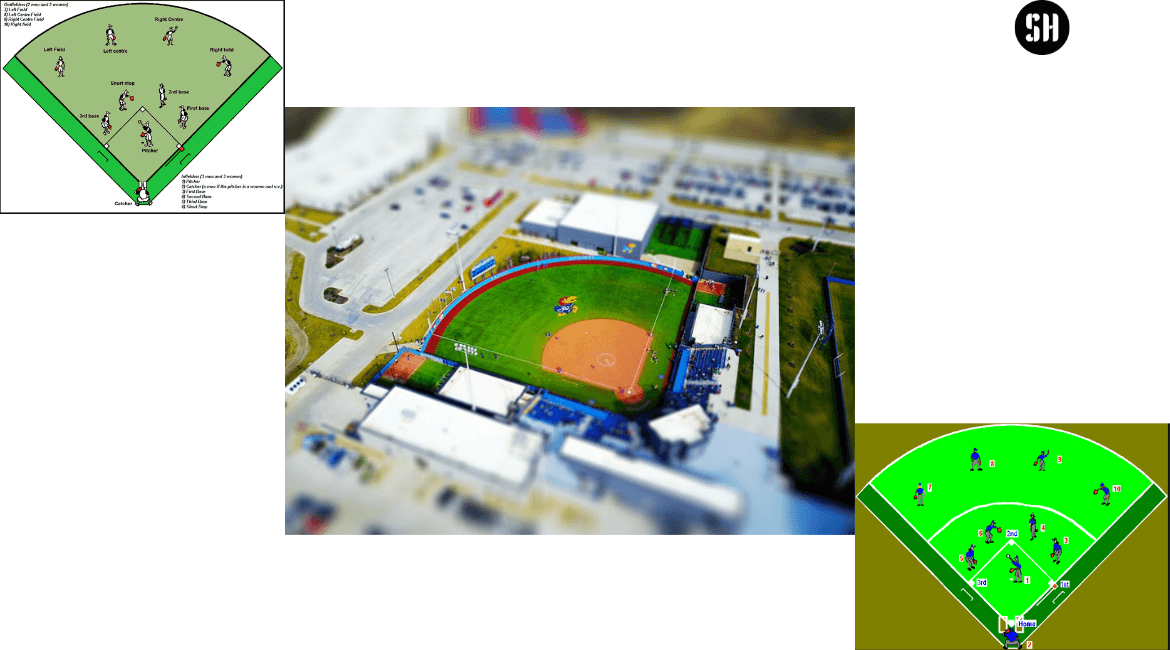A softball field, also known as a softball diamond or softball field, is the playing area where the sport of softball is played. It is typically a grassy or turf-covered outdoor field that consists of several components. Here are the key features of a typical softball field:
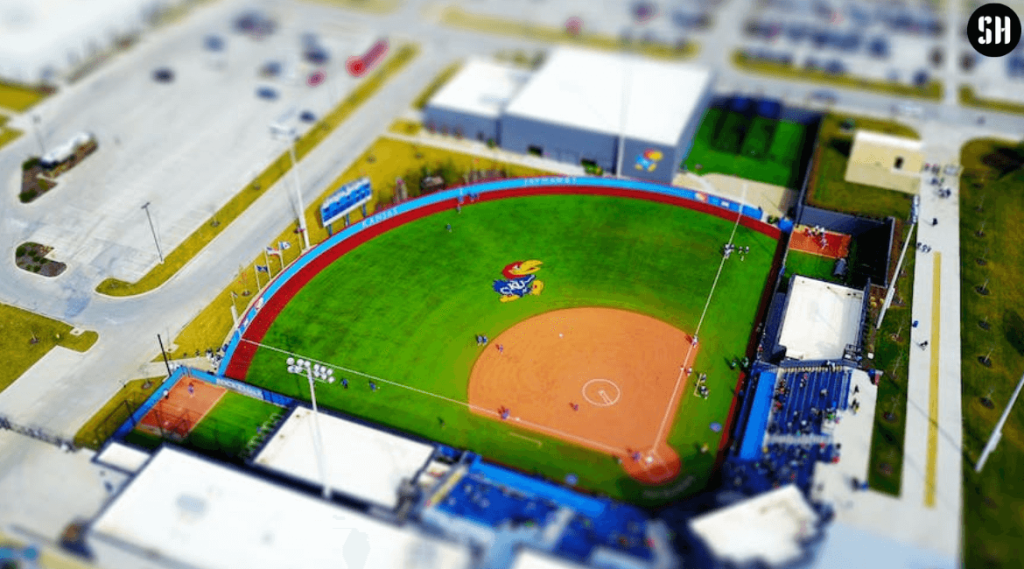
- Infield: The infield is the area within the base paths where most of the action takes place. It includes the diamond-shaped area defined by the bases and home plate.
- Bases: There are four bases in softball arranged in a diamond shape. The bases are typically 60 feet apart and are numbered in a clockwise order: first base, second base, third base, and home plate.
- Home Plate: The home plate is a white, pentagonal rubber plate placed at the intersection of the three baselines. It is the starting and ending point for runners, and it also serves as the strike zone for the pitcher.
- Pitcher’s Circle: The pitcher’s circle, also known as the pitching circle or the pitcher’s mound, is a raised, circular area with a diameter of 16 feet. This is where the pitcher stands and delivers the ball to the batter.
- Outfield: The outfield is the area beyond the infield. It is typically a grassy or turf-covered area and is divided into three sections: left field, center field, and right field. Outfielders play in these areas.
- Foul Lines: The foul lines extend from home plate to the outfield fence on both sides of the field. The foul lines mark the boundaries of fair territory. Any ball hit beyond the foul lines is considered a foul ball.
- Outfield Fence: The outfield fence is a boundary that surrounds the outfield area. It is usually made of a solid material like wood, chain-link, or padded panels. The fence helps determine whether a hit ball is a home run or an out.
- Dugouts: There are two dugouts, one for each team, located on opposite sides of the field. The dugouts provide seating and shelter for the players when they are not on the field.
- Bullpen: The bullpen is an area near the outfield where relief pitchers warm up before entering the game.
- Scoreboard: Many softball fields have a scoreboard that displays the current score, inning, and other relevant information.
These are the primary components of a softball field, but the exact layout and dimensions may vary slightly depending on the league or level of play.
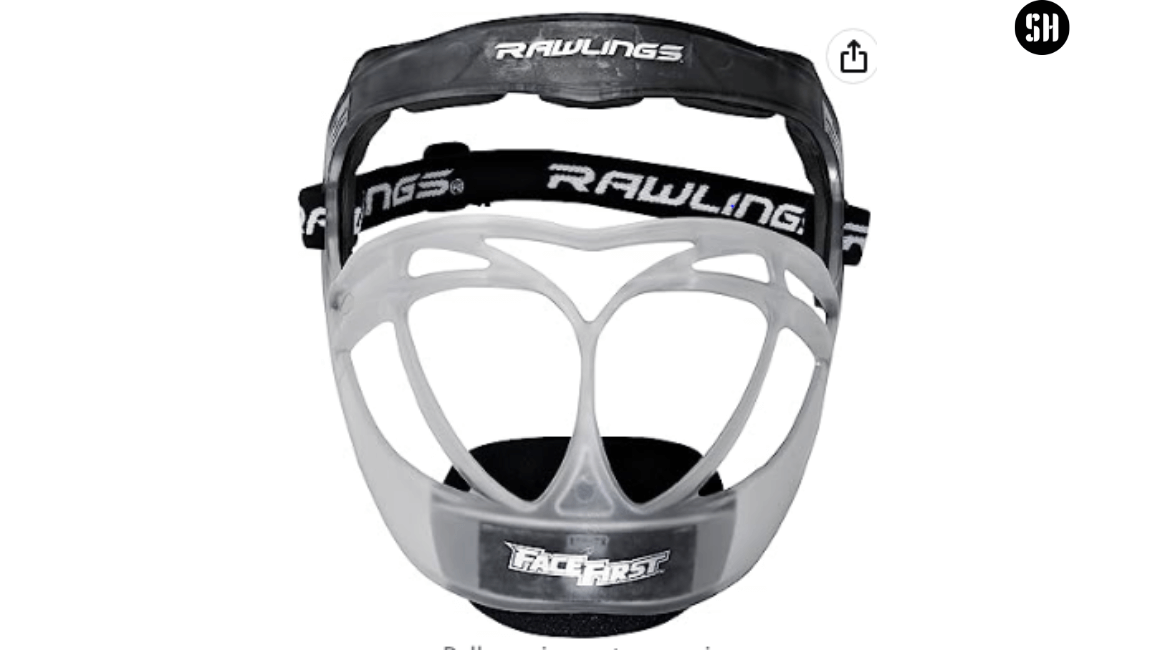
Rawlings Face First Softball Fielder’s Mask
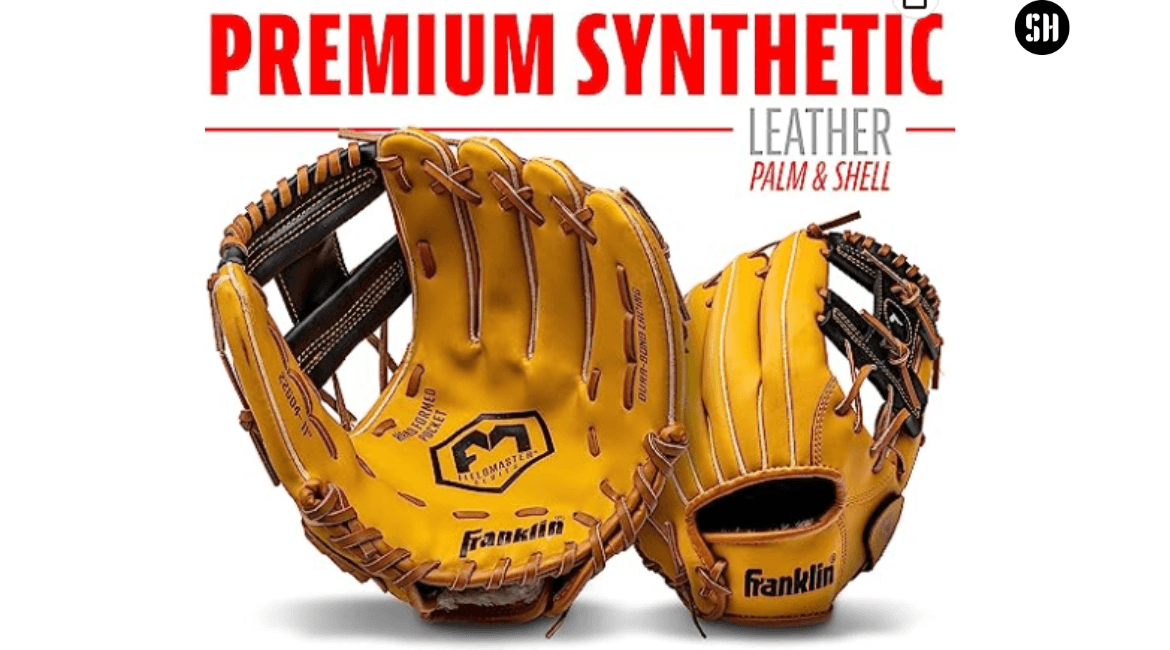
Franklin Sports Baseball + Softball Gloves – Field Master Adult + Youth Baseball + Softball Gloves – Right Hand + Left Hand Gloves – Infield + Outfield Mitts – Multiple Sizes + Colors
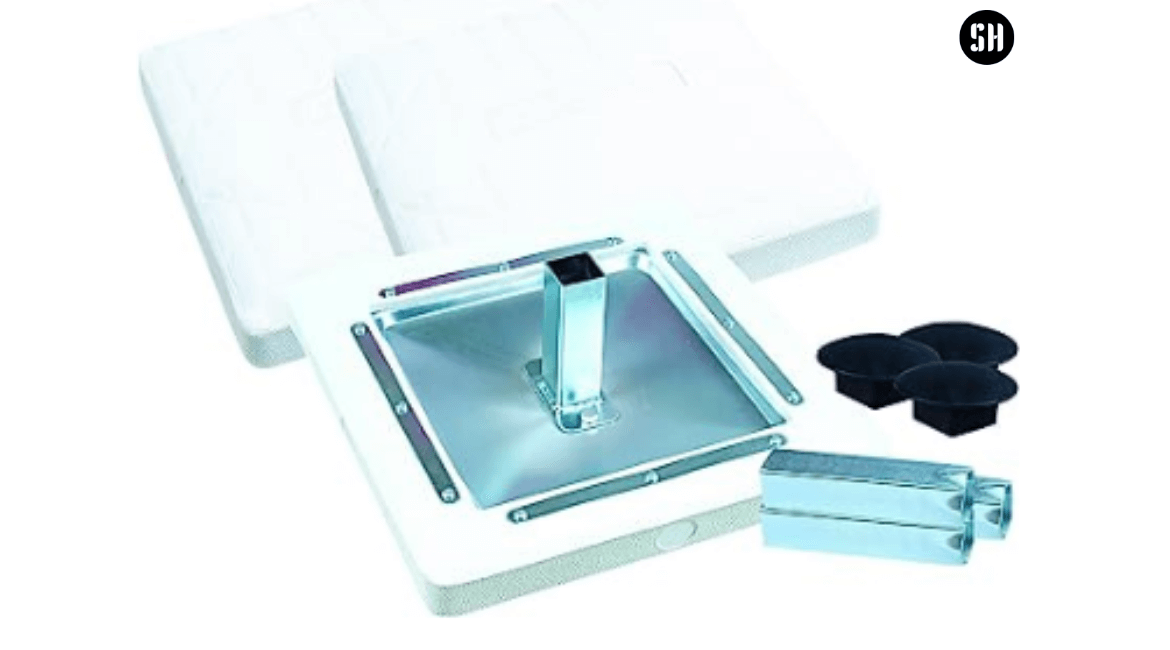
CHAMPRO Pro Style Molded Rubber Base Set of 3 Ground Anchored Bases for Baseball and Softball
Basic Diagram of a Softball Field:
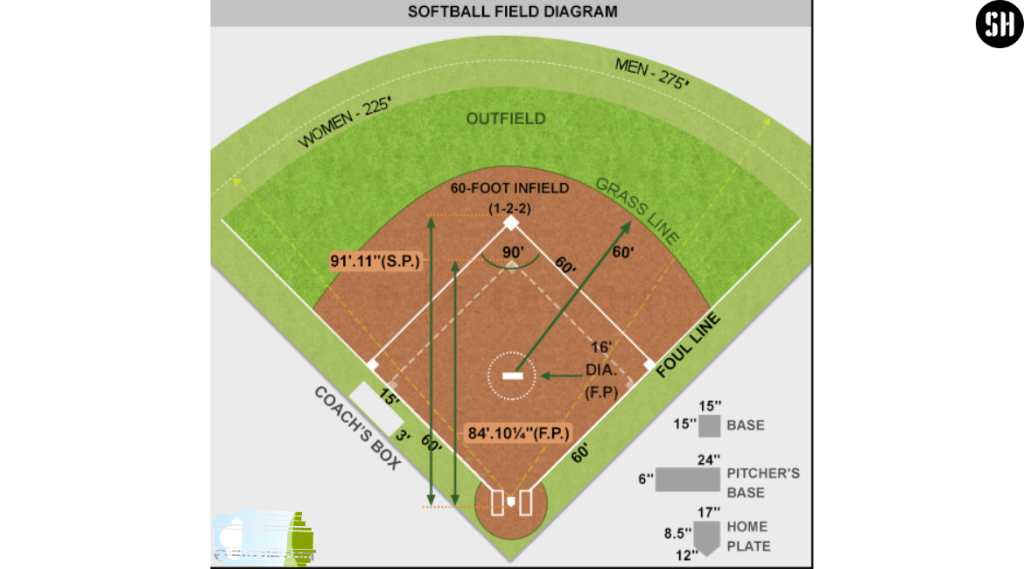
In a softball field, the bases are diamond-shaped, and the distance between each base is 60 feet. The pitcher’s mound is located in the center of the diamond, between home plate and second base.
The distance from the pitcher’s mound to home plate is 43 feet in slow-pitch softball and 46 feet in fast-pitch softball.
The positions on the field are as follows:
- Home Plate: The starting point for the batter and where the base runner tries to reach to score a run.
- 1st Base: The first base that the batter needs to reach safely.
- 2nd Base: The second base that the batter or base runner aims to reach safely.
- 3rd Base: The final base that the batter or base runner aims to reach safely before returning to home plate.
- Shortstop: The fielder is positioned between second and third base.
- Outfield: The area beyond the infield, where outfielders play to catch fly balls hit by the batter.
Keep in mind that this diagram represents a generic softball field layout, and specific dimensions and configurations may vary depending on the level of play and regulations.
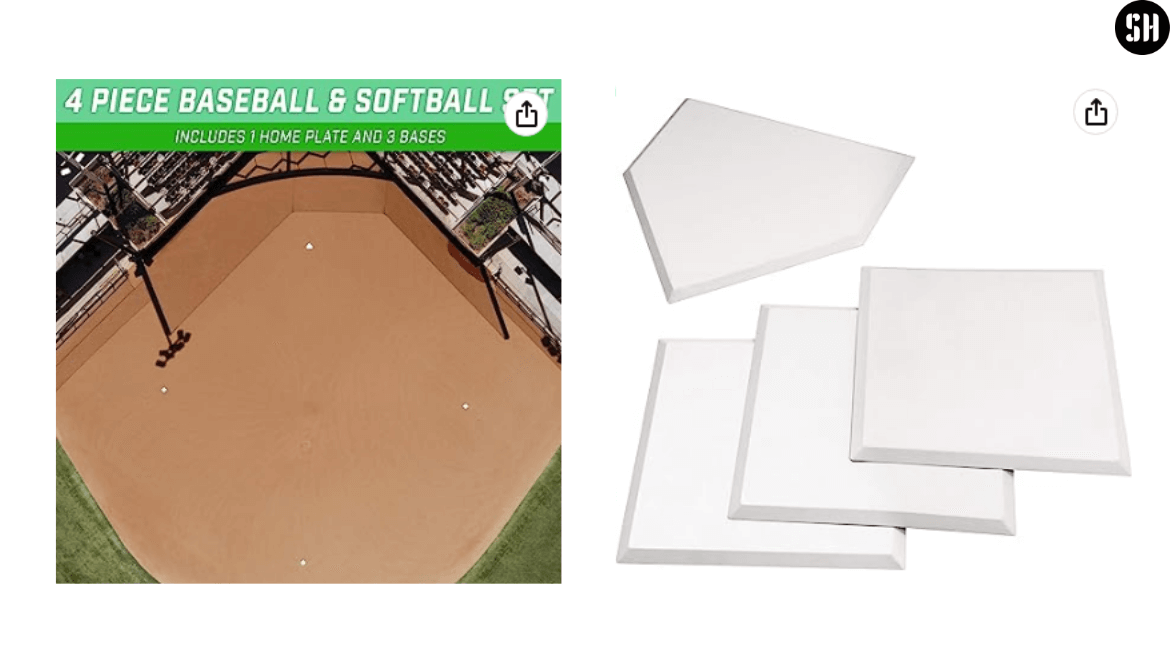
GoSports Baseball & Softball 4 Piece Premium Base Set
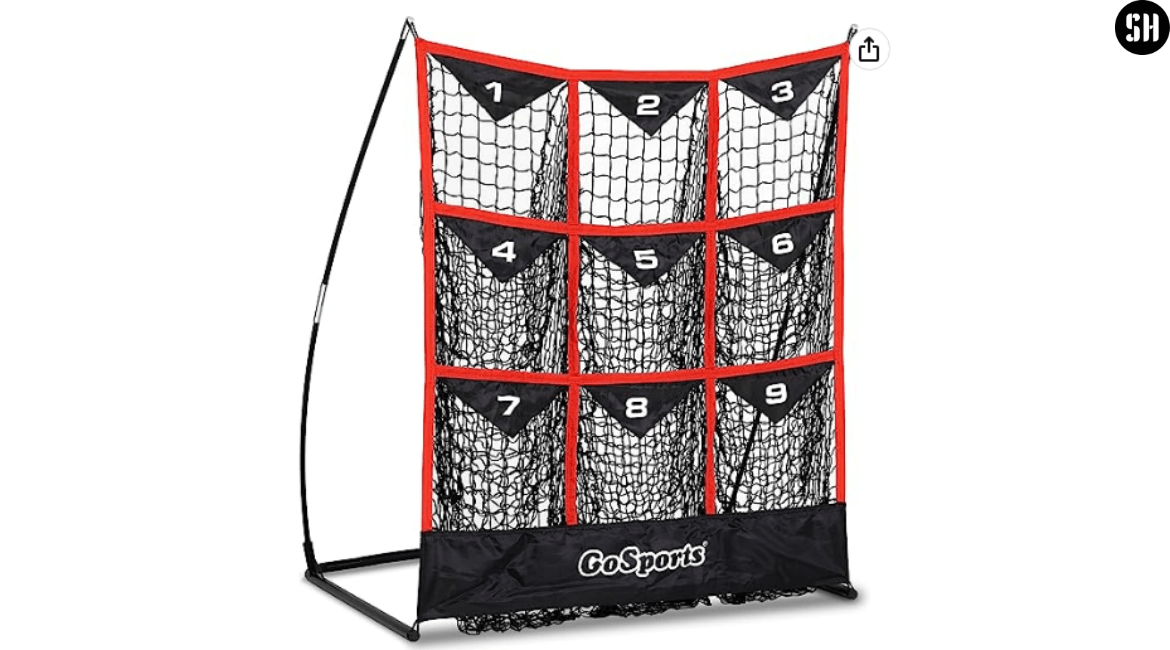
GoSports 9 Pocket Baseball and Softball Pitching Strike Zone Target Net
Field Positions:

In softball, there are nine primary fielding positions. Here is a list of the traditional positions and their descriptions:
- Pitcher (P): The pitcher stands on the pitcher’s mound and throws the ball to the batter.

- Catcher (C): The catcher crouches behind home plate and receives the pitches thrown by the pitcher. They play a crucial role in defense and often communicate with the pitcher.
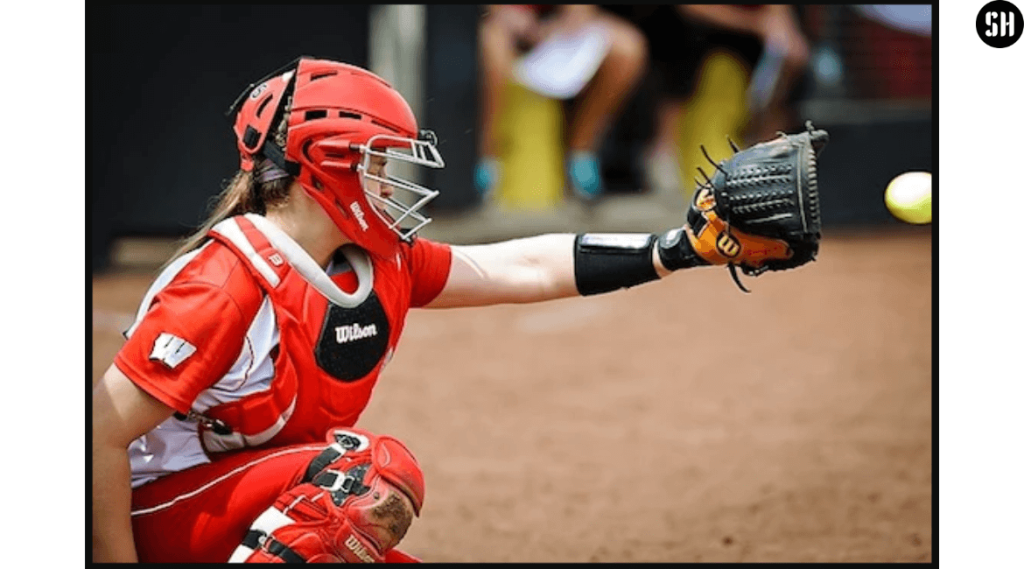
- First Baseman (1B): The first baseman stands near first base and is responsible for fielding ground balls hit toward first base and receiving throws from other infielders.

- Second Baseman (2B): The second baseman stands near the second base and covers the area between the first and second base. The field ground balls hit in their direction and assist with double plays.
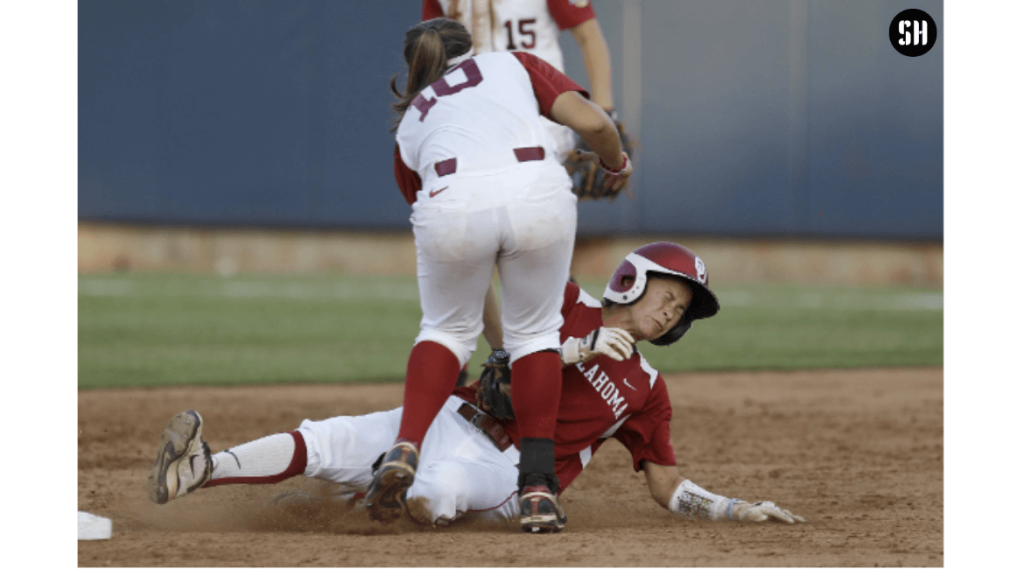
- Third Baseman (3B): The third baseman stands near the third base and fields ground balls hit toward the third base. They have a strong throwing arm and are involved in many defensive plays.

- Shortstop (SS): The shortstop plays in the area between second and third base. They are responsible for fielding ground balls in the infield, covering second base on steals or double plays, and often have good range and agility.
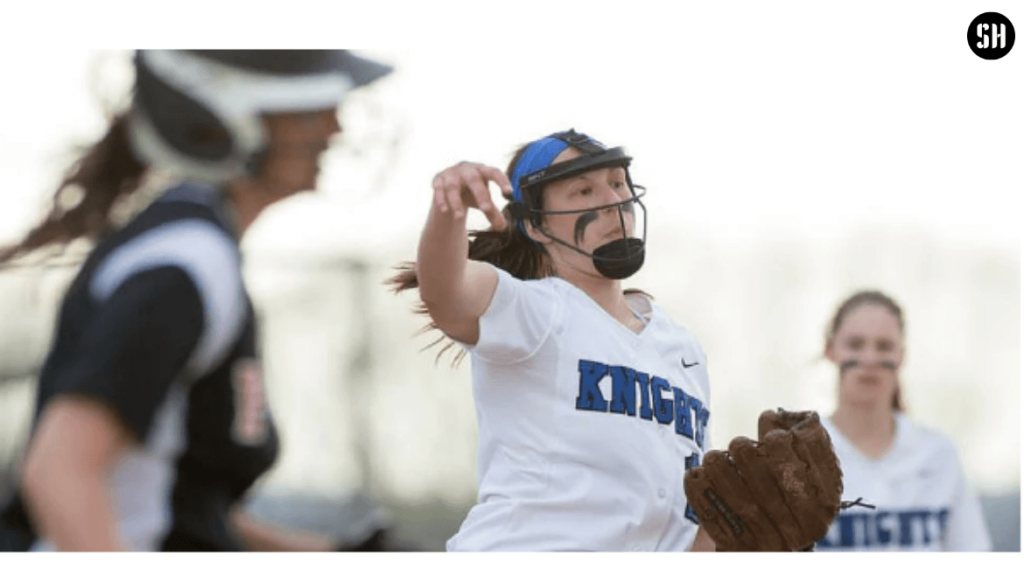
- Left Fielder (LF): The left fielder plays in the outfield on the left side of the field when viewing from home plate. They are responsible for catching fly balls and fielding ground balls hit toward left field.

- Center Fielder (CF): The center fielder plays in the outfield and covers the central part of the field. They have good speed and range and are responsible for catching fly balls hit to the center and left-center field areas.
- Right Fielder (RF): The right fielder plays in the outfield on the right side of the field. They are responsible for catching fly balls and fielding ground balls hit toward right field.
It’s important to note that positions can vary depending on the defensive strategy and the number of outfielders used. Some teams may use additional outfielders or modify defensive alignments based on specific game situations or player skills.
The Dimensions of a Softball Field:
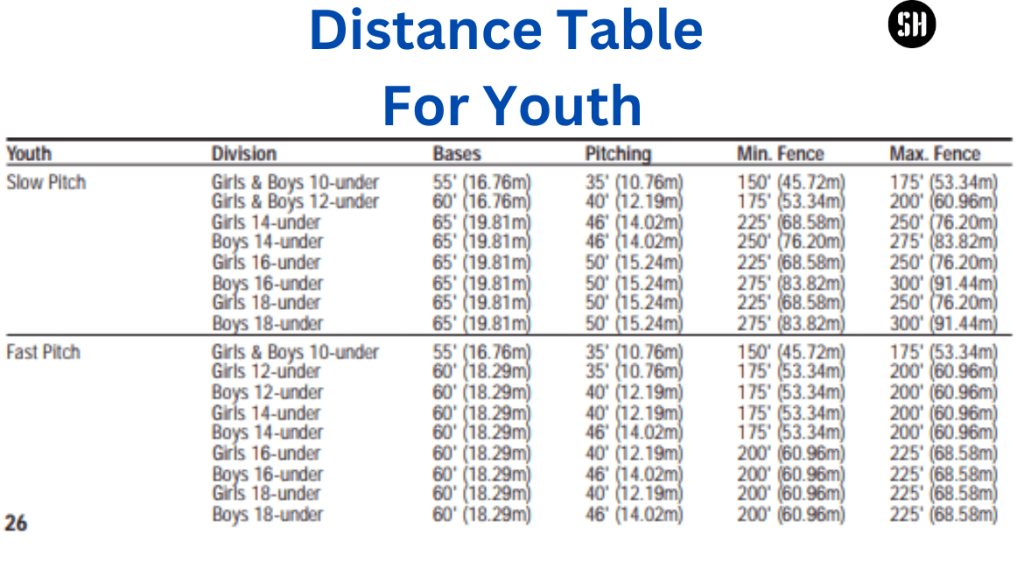
The dimensions of a softball field can vary depending on the level of play and the specific regulations followed. However, I can provide you with the standard dimensions for a typical softball field.
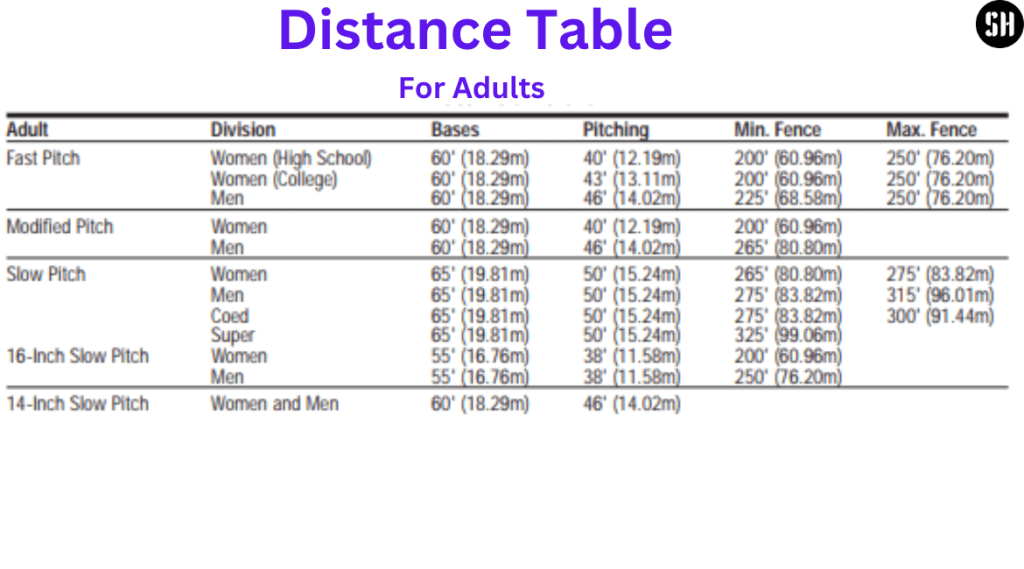
- Outfield Dimensions:
- The outfield fence is typically set at a distance of 200 to 275 feet from home plate.
- The outfield fence may be uniform in height or can vary in different sections.
- Infield Dimensions:
- The distance between each base, also known as the base path, is usually 60 feet.
- The distance from the pitcher’s rubber to home plate is typically 43 feet in fastpitch softball and 46 feet in slowpitch softball.
- The distance between first base and third base is usually 84 feet.
- Pitcher’s Circle:
- The pitcher’s circle is a circular area with a radius of 8 feet.
- The center of the pitcher’s rubber is usually placed 43 feet from home plate in fastpitch softball and 46 feet in slowpitch softball.
- Batter’s Box:
- The batter’s box is typically a rectangle with dimensions of 4 feet by 6 feet.
- Foul Lines:
- The foul lines extend from home plate to the outfield fence.
- The distance from home plate to the foul pole, where the foul lines end, can vary depending on the specific field.
It’s important to note that these dimensions are general guidelines, and different leagues or organizations may have slight variations in the field dimensions. It’s always a good idea to consult the specific rules and regulations of the league or tournament you’re participating in to ensure accuracy.
You may also like to read …..
Frequently Asked Questions (FAQs)
What is a softball field called?
A softball field is commonly referred to as a “diamond” due to its shape. It consists of a pitcher’s mound, three bases forming a diamond, and an outfield. The infield area is where most of the action occurs, with bases used for scoring runs in the sport of softball.
What is the size of a softball field?
A standard softball field’s size varies, but the infield is usually around 60 feet square, while the outfield’s dimensions are approximately 200-300 feet from home plate to the outfield fence.
What are the distances on a softball field?
In softball, the distances from the home plate to the bases are 60 feet. The distance from the pitcher’s mound to home plate is 43 feet. The outfield fence distance can vary, typically ranging from 200 to 300 feet from home plate.
How many bases are on a softball field?
A softball field typically has four bases: first base, second base, third base, and home plate. The bases are arranged in a diamond shape, with each base approximately 60 feet apart from the adjacent ones.
What is the difference between softball and baseball?
Softball and baseball differ mainly in the ball size and pitching style. Softballs are larger and pitched underhand, while baseballs are smaller and pitched overhand. Softball fields are typically smaller, and the game is often played by women, while baseball is more commonly played by men.
What is a softball position?
A softball position refers to the specific role a player assumes on the field during a game. Common positions include pitcher, catcher, first baseman, second baseman, third baseman, shortstop, and outfielder. Each position has distinct responsibilities in defense and contributes to the team’s overall performance.
